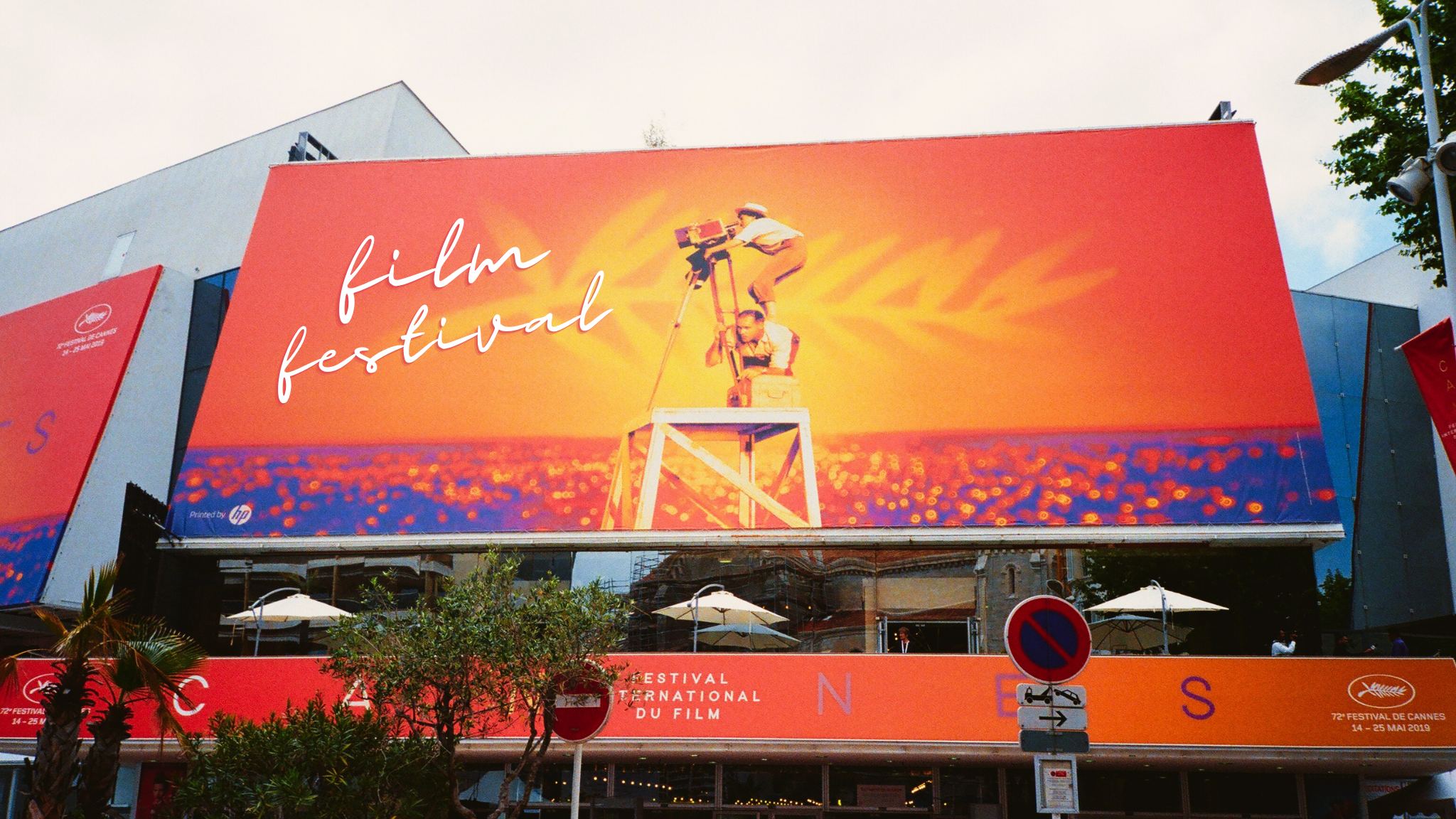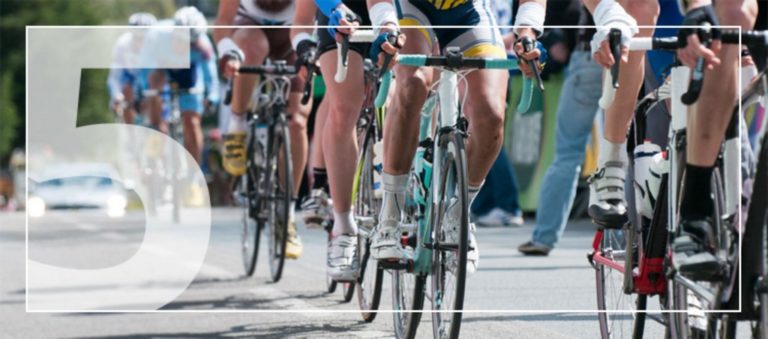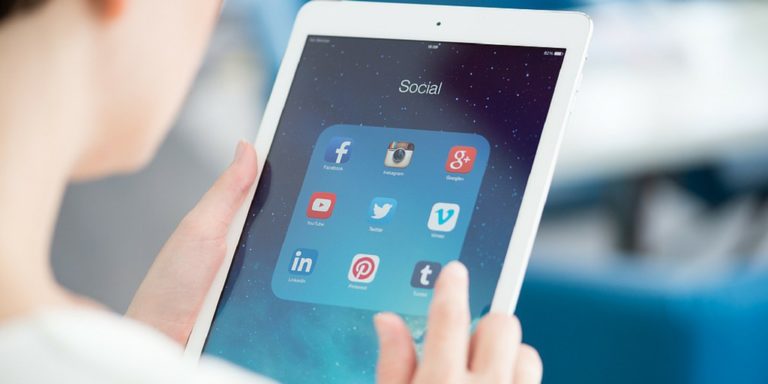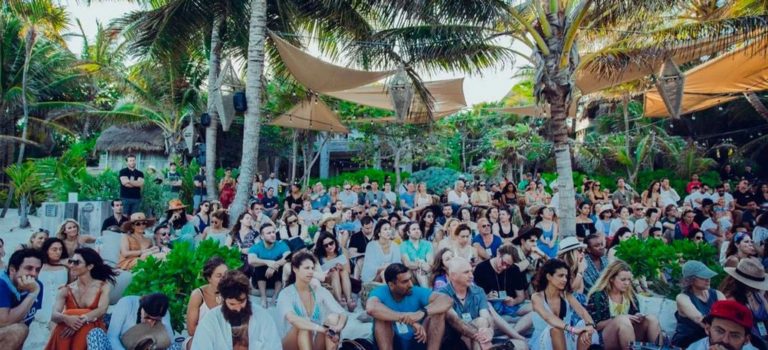Organizing or participating in local events is a great way to draw attention to businesses or specific causes. These types of events bring community members together, strengthening bonds and reinforcing the community’s identity. They can also help increase tourism and encourage support for the small businesses in the area. More simply, local events can often be highly entertaining. Events like 5K races, festivals, street parties, and more give people something to look forward to and create lasting memories.
However, generating buzz and creating anticipation for a local event requires smart marketing campaigns. In today’s digital age, there are plenty of options for spreading the word quickly, including emails and optimized content such as blog posts and videos. While these methods can be effective, they’re not the only ones available.
Despite the rise in digital marketing tools such as social media and email marketing platforms, traditional marketing methods can still be highly effective for promoting local events. Traditional marketing campaigns allow you to reach a local audience more readily, provide a physical reminder of an upcoming event, and often are harder to ignore. For local events, local marketing with traditional tactics makes sense.
1. Billboards
Billboards are one of the most difficult traditional marketing methods to ignore. These massive signs sit in convenient locations where people can easily see them while driving or walking around town.
At their very core, billboards are giant posters. They’re primarily visual and contain an attention-grabbing image. They may also display a small amount of text, such as the name and dates of an event.
Whether they’re static or digital, billboards aren’t just for large businesses to launch nationwide campaigns. They’re also an effective solution for smaller, short-term marketing efforts, including local events. While many people think they’re no longer relevant in today’s technologically advanced world, billboards have a return on investment of 497%, according to the Out of Home Advertising Association of America. They’re also expected to have an annual growth rate of 10% through 2021, per marketing data company WARC.
The cost of billboards varies based on several factors, including the location, the type of billboard, and the duration of a campaign. For instance, a space in a large city with lots of traffic is likely to cost more per month than one located in a rural location. Even so, billboards can be a very effective way to get the word out about a local event.
2. Print ads
You may have come across the phrase “print is dead” at least once before. Believe it or not, that’s not entirely true. Traditional ads such as direct mail can be quite effective for marketing a local event. A 2019 study conducted by Temple University and the Office of Inspector General at the United States Postal Service (USPS OIG) found that physical ads were more effective at leaving lasting impressions than digital ads across all respondent age ranges. The participants of this study were between the ages of 18 and 68, so four generations (Gen Z, Millennials, Gen X, and Baby Boomers) were represented.
One possible reason that print ads are an effective traditional marketing solution is what’s known as digital fatigue. In other words, people spend so much time in front of screens that it’s exhausting them. Digital fatigue can lead to a lack of physical energy and mental fog, both of which can affect a person’s overall well-being.
While the use of ad blockers is becoming more common, studies indicate that people are more willing to read print ads rather than throw them out. Research shows that just over 42% of people read or scan the ads they receive. Additionally, 73% of people say they prefer direct mail because they can read it whenever they want. On the other hand, emails are easier to ignore and they get lost in the fray of other emails.
3. Flyers
Direct mail isn’t the only form of print advertising you have available to market a local event. Flyers can also be highly effective, especially when you place them in high-traffic areas. You can hang them up throughout the community, such as in local businesses or along busy streets. You might even have members of your team hand the flyers out in public.
Like direct mail, flyers provide a physical reminder of your upcoming event. They’re easier to absorb than words on a computer screen. While digital marketing comes with ease of access, tangible assets like flyers often last longer and have more of an impact on recipients.
However, if you decide to hang flyers, be sure to first find out where you’re allowed to place them, as some areas might have laws against it. Be sure to speak with local business owners too, even if they already have flyers for other events or local businesses hanging up. Some businesses may even have a special board where other businesses and community members can post announcements.
4. Broadcast media
In addition to print, broadcast media can be an effective traditional marketing tactic. According to the Nielsen 2019 Audio Today Report, radio is the top media platform in the United States, reaching 92% of Americans every week. The same report shows that television reaches 88% of Americans weekly. Even as music streaming services continue to grow in popularity, millions of people still listen to FM radio.
Local radio stations provide music, local news, weather, and traffic updates. They can also inform listeners of local events. When you purchase a radio spot, you generally have 30 to 60 seconds to grab the attention of the station’s listeners and provide essential information, such as the name of the event, dates, and where listeners can find more information (and buy tickets).
Radio isn’t the only type of broadcast media where you can advertise your upcoming event, however. You can also place ads on local television stations. While regular television isn’t the powerhouse it used to be with the prevalence of streaming services, plenty of people still watch it. If you know what channels people are watching (and when they’re watching them), you can place your ad strategically to reach as many potential interested people as possible, especially older individuals and those with televisions who don’t use the Internet or listen to the radio.
5. Press releases
Getting media coverage for your event is a great way to promote it. Along with ads, you can draft a press release and submit it to your local newspapers, radio stations, and television stations. A press release is a brief, simple document that provides information about your event and how to contact you for more information. It should be in the third person and fit on a single page.
There’s just one thing to keep in mind with a press release: Just because you submit one to local news outlets, that doesn’t guarantee those outlets will run it. While you want to promote your event, you don’t want it to be over-the-top. There needs to be a balance between information and exciting details that make your event unique or special. Be sure to also submit it as far in advance as possible and include eye-catching, high-quality photographs. You can find plenty of templates online if you need help putting your press release together.
6. Word of mouth
Another great way to spread the word about your event is to get people talking about it. Many people tend to trust the opinions of friends and family over any other form of marketing. And best of all, word of mouth is free advertising.
Encourage people to talk about your event. Consider having social members of your team strike up conversations with people while they’re out at a local coffee shop, park, or other public place. You might also give them flyers or brochures to pass out. Have them encourage people they talk to spread the word too.
The key here is giving people something to talk about. Instead of focusing on specific features or specs of your event, generate exciting news that people will actually want to share with others — something that sparks excitement.
When spreading the word about your event, don’t stop with yourself and your immediate event planning team. If you’re partnering with other businesses, encourage them to help get the details out. Provide them with your marketing materials, such as flyers and posters, so they can hang them up at their locations and distribute them to their customers as well. The more people you have talking about the upcoming event, the more potential interest you can create. Plus, if at least some of the people you tell your event about are important figures in the community (politicians, owners of popular shops or businesses, etc.), the word can potentially spread very quickly. This is because these people often have many connections and interact with more people on a daily basis than the average person.
Get the Word Out About Local Events
Traditional marketing methods can be incredibly effective for generating interest and excitement about a local event. Even in an increasingly digital world, billboards, traditional ads, press releases, and word of mouth can all help promote a local event and should not be discounted. Consider implementing some of these tactics to advertise your next event.
In addition to traditional methods of marketing, supporting those efforts with digital ones will only help make your event reach more people. With Events.com you can easily promote your events by adding your event to a local online event calendar, easily run some basic ads on social media, or let expert digital marketers spread the word for you with customized campaigns that are designed to maximize conversions. Learn more about the Events.com Digital Marketing Services or schedule a free consult with one of our experts.
Are you ready to start planning and marketing your next event? For a little extra help through the process, visit Events.com.






